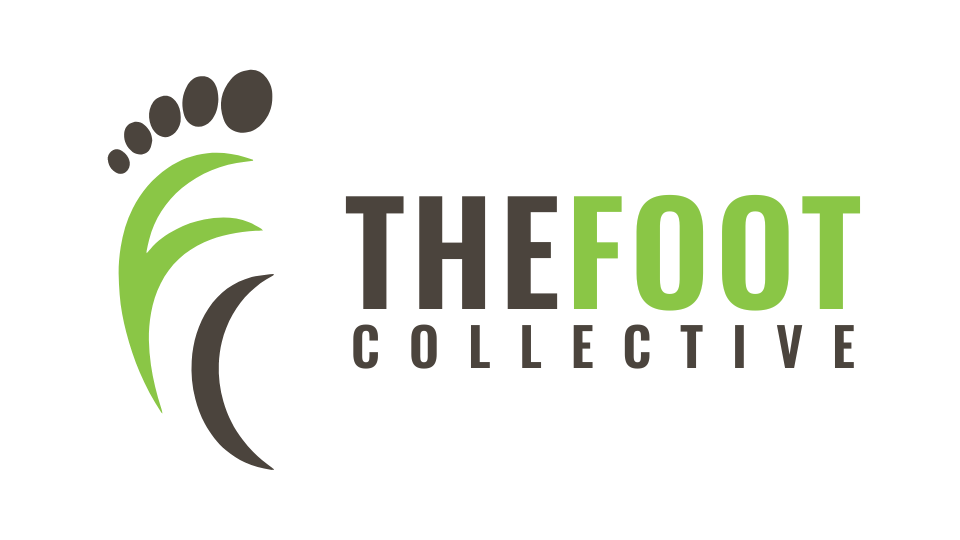What Is Natural Footwear?
Over time footwear has become more complex and more specialised to account for different activities (horse-back riding, sports, physical labour) and different fashions and trends. Unfortunately, footwear design that is focused on fashion (e.g. high heels, dress shoes, ) or on comfort (e.g. cushioned running shoes) actually disrupts the natural function of our feet and can even physically deform them over time with consistent use.
This is a big reason why the whole barefoot movement exists. People have noticed that the shoes they're wearing aren't foot-shaped, that their feet are becoming more shoe-shaped (as well as weak, stiff and painful) and that something needs to change. Going barefoot more often is a great solution here but of course footwear can beneficial and needed in certain contexts, like walking on hot ground or going to work at the office!
So when we do choose to wear footwear for the sake of fashion or protection then it's important that we choose footwear that does not disrupt the primary functions of the foot, which are movement and sensation. We call this Natural Footwear (because it promotes natural foot function) but you have most likely heard it described as minimalist or 'barefoot' footwear. Whatever you like to call it, there are four main characteristics of what to look for in footwear:
-
Wide - a wide toe box allows for the natural toe splay which is important for balance and arch function
-
Thin - a thin sole means the feet are able to sense and experience changes in the surface we're on, which provides crucial information to the brain about how we can adapt to the surface
-
Flat - a zero or 'neutral' drop (meaning no heel raise) will optimise calf and ankle function and promote a more natural walking and running technique
-
Flexible - the ability to bend, fold and twist in all directions means the joints in your feet will be able to move more freely and adapt better to the ground

Of course there is nuance to this and context is always important, but in general if you can tick all of these boxes then all you have to do is find a brand that suits your style, budget and preference of materials. Fortunately there are plenty of brands to choose from all over the world - we stock a range of Vivobarefoot shoes on our website or checkout Vibram Five Fingers, Xero, Leguano, Bohempia, and Earth Runners.
Spending time barefoot and switching to natural footwear is a major key to creating long-term foot health and function, however many people find their feet struggle with a sudden switch due to the extra loads it places on the foot. This is why it is important to gradually transition and to also do some 'Foot Restoration' exercises to help strengthen and mobilise your feet along the way. If you'd like to go deeper on this concept, check out our new online community or our YouTube channel for some follow-along foot and ankle training routines!


Leave a comment